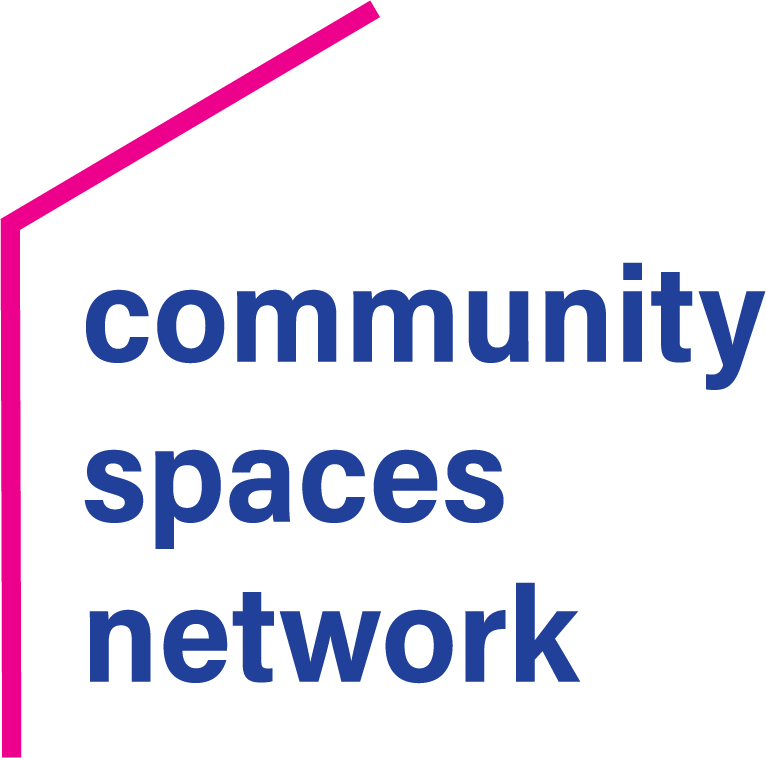Recently I’ve read a lot of articles about the dark side of collaboration and how collaborations can fall apart. I don’t disagree – collaboration is hard and we often don’t have the tools to get it right.
La Piana’s article speaks to the challenges of the nonprofit competitive environment and the often ineffective processes around collaboration – sometimes not resulting in any real decisions being made. These are great points. Nonprofit shared space centers deal with them every day and we need additional best practices for how to manage these challenges.
At our Streamlining Social Good event in Philadelphia in April, we looked closely at the psychological barriers to collaboration and resource sharing. We talked about
- Challenge of “Present Bias” – being so focused on the here-and-now that we don’t recognize the value of long-term planning, and suffer because of it. Collaboration often has a very long-term payoff but our brains don’t calculate it that way.
- Endowment Effect – Once we’ve created something, we overvalue it and can’t see the value in doing things a different way or in collaboration. We may overestimate the “costs” (time, energy, money) of changing our routine when collaboration may actually provide a lower “cost” option in the long run.
- Free Rider Problem – It costs something to share, collaborate, work together. We have to give up something for the common good. It’s much easier to be a free rider. I think if we can recognize this in ourselves (it’s human nature!) we may be able to better allocate resources towards collaboration. We need to communicate to stakeholders, boards, funders that collaboration is key to our missions and we need to give nonprofits more margin to try something new.
If you’re interested in these issues I hope you’ll join us for the webinar on June 22nd. We’ll hear from three members of the NCN network on how they overcame the dark side of collaboration and put strategies in place to build meaningful collaboration among nonprofits. You’ll hear about replicable activities and tools that you can use to keep collaboration from falling apart.
I think nonprofit shared spaces can lead a systemic change in how nonprofits work. They can be role models for their members/tenants and put best practices for collaboration into action in their centers. With more intentionality, our centers can be agents of change in their communities. It’s not doomsday, it’s an opportunity and nonprofit centers are in the best position to lead the way.

